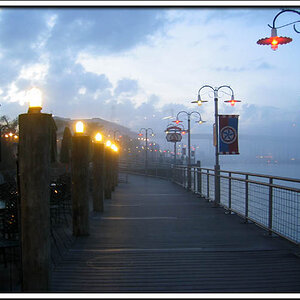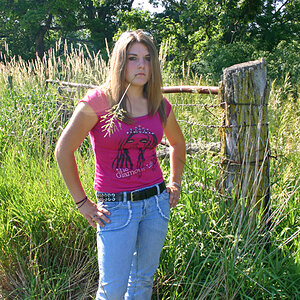ROFLMHO! Ted and the rest of the photography world that knows what they are talking about.
So... you can't site who is was that did these "tests."
I'll give you a bit of advice: Repeating something you read on the internet doesn't give you credentials. Go to a reliable source.
Here's a toll-free number for Kodak: (800) 242-2424
Extension 19 should get you to the pro division. Give 'em a call. It's free... and they're nice people. Talk it over with them.
Let me know how it goes... Unless you feel "Ted" referring to "tests" is all you need.
-Pete
Give it up. There is nothing more annoying than someone who is wrong but never stops demanding that they are right. Try a new and novel approach. Learn something new and move on.
From motion.kodak.com
"To obtain the best exposure, err on the side of over-exposure to create a “bullet-proof” negative. It’s better to
provide too much information on the negative than too little."
When corrected to a normal image, over-exposure
results in:
• Less apparent grain
• More saturated color
• Richer blacks
• Increased contrast
When corrected to a normal image, under-exposure
results in:
• More apparent grain
• Less saturated color
• Smoky blacks
• Lower contrast
• Less perceived sharpness
http://motion.kodak.com/motion/uplo...en_motion_newsletters_filmEss_13_Exposure.pdf
1st link: http://www.google.com/search?q=To+obtain+the+best+exposure%2C+err+on+the+side+of+over-exposure+to+create+a+%E2%80%9Cbullet-proof%E2%80%9D+negative.+It%E2%80%99s+better+to+provide+too+much+information+on+the+negative+than+too+little&ie=utf-8&oe=utf-8&aq=t&rls=org.mozilla:en-US
===
"I’d always err on the side of slight overexposure either at the metering stage or by ‘downrating’ the film (as mentioned before - rating 160 film as 100 to increase density in the skin tone)."
[SIZE=+1]Apogee Photo Magazine
http://www.apogeephoto.com/oct2001/groenhout102001.shtml
[/SIZE]
Last edited:


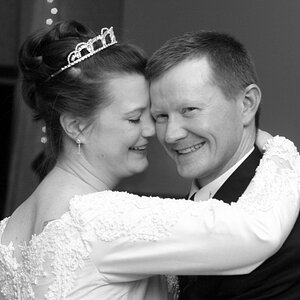
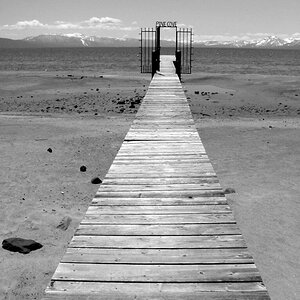
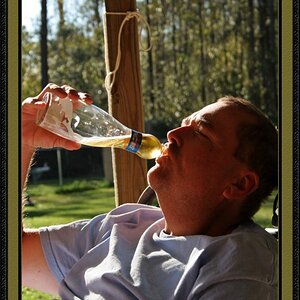
![[No title]](/data/xfmg/thumbnail/37/37606-3c9ffb5906173fa2aa489341967e1468.jpg?1619738148)




